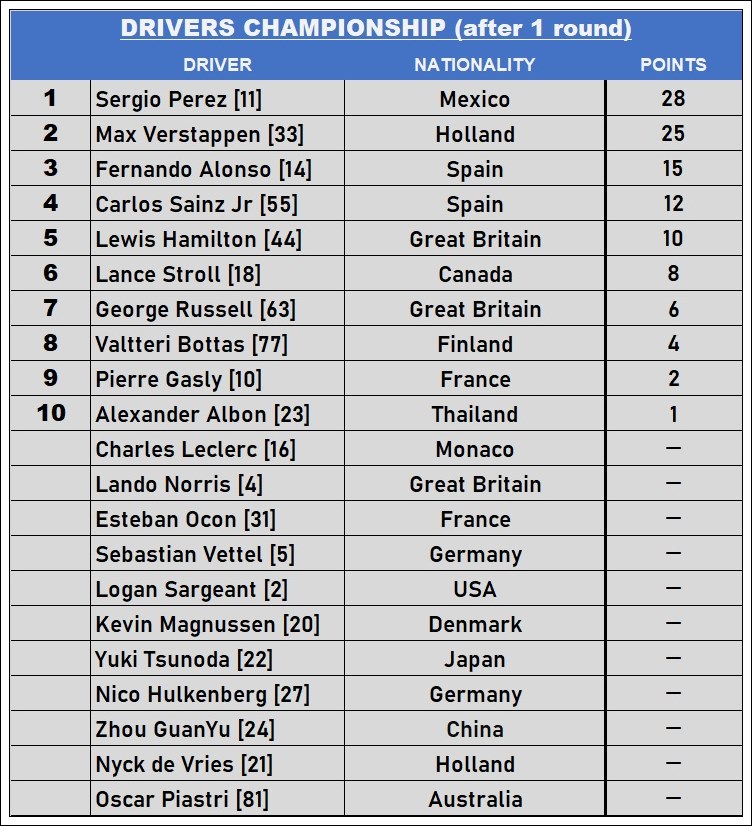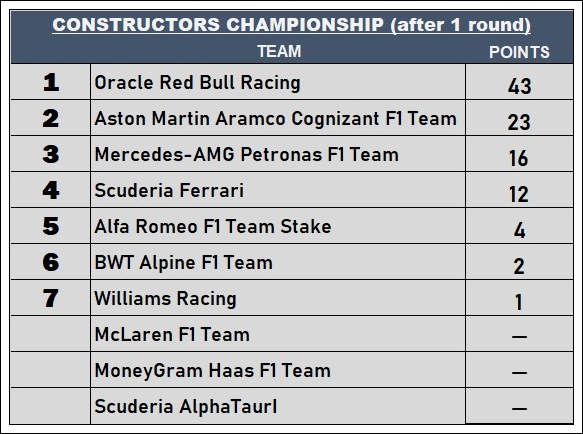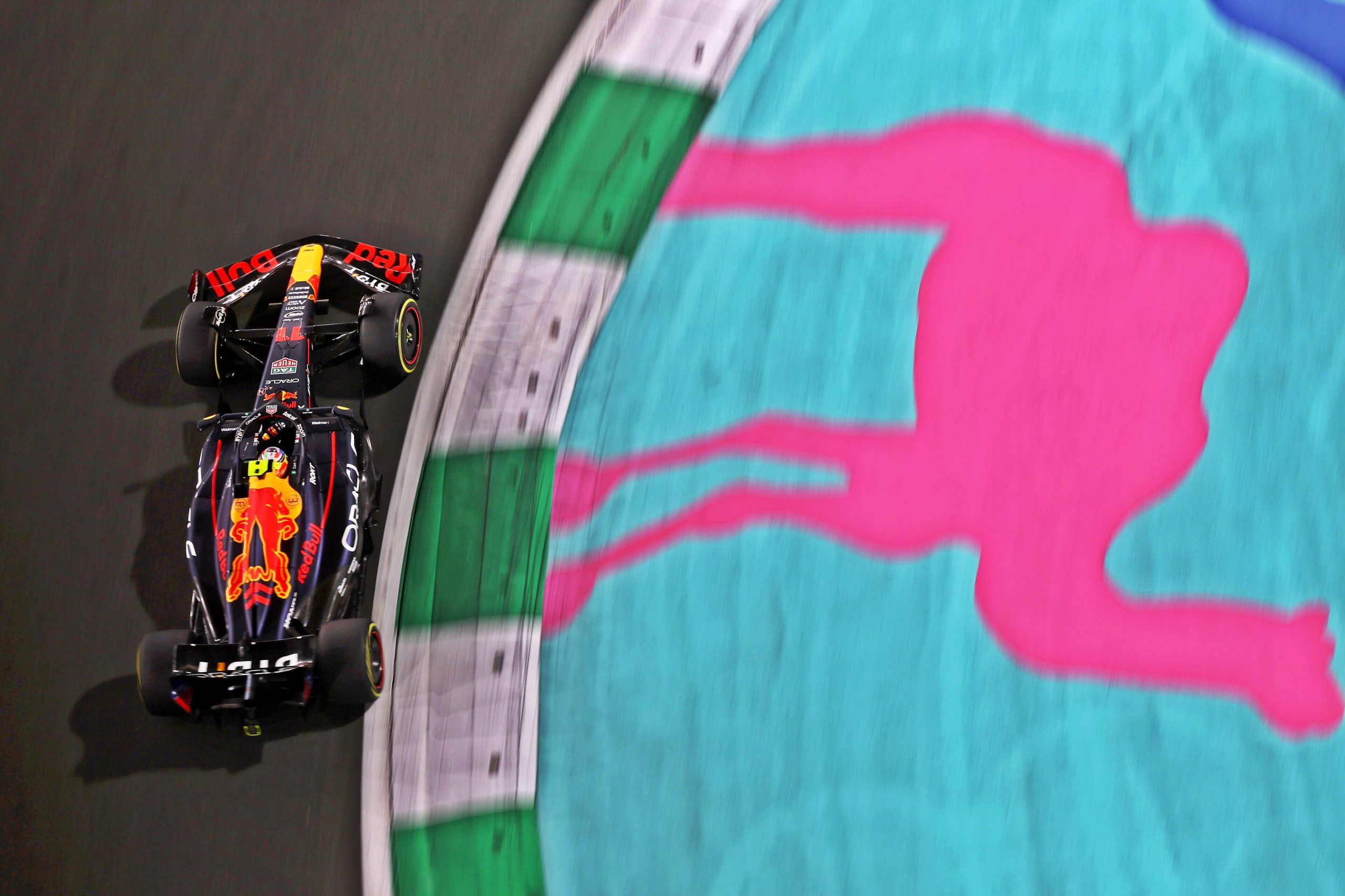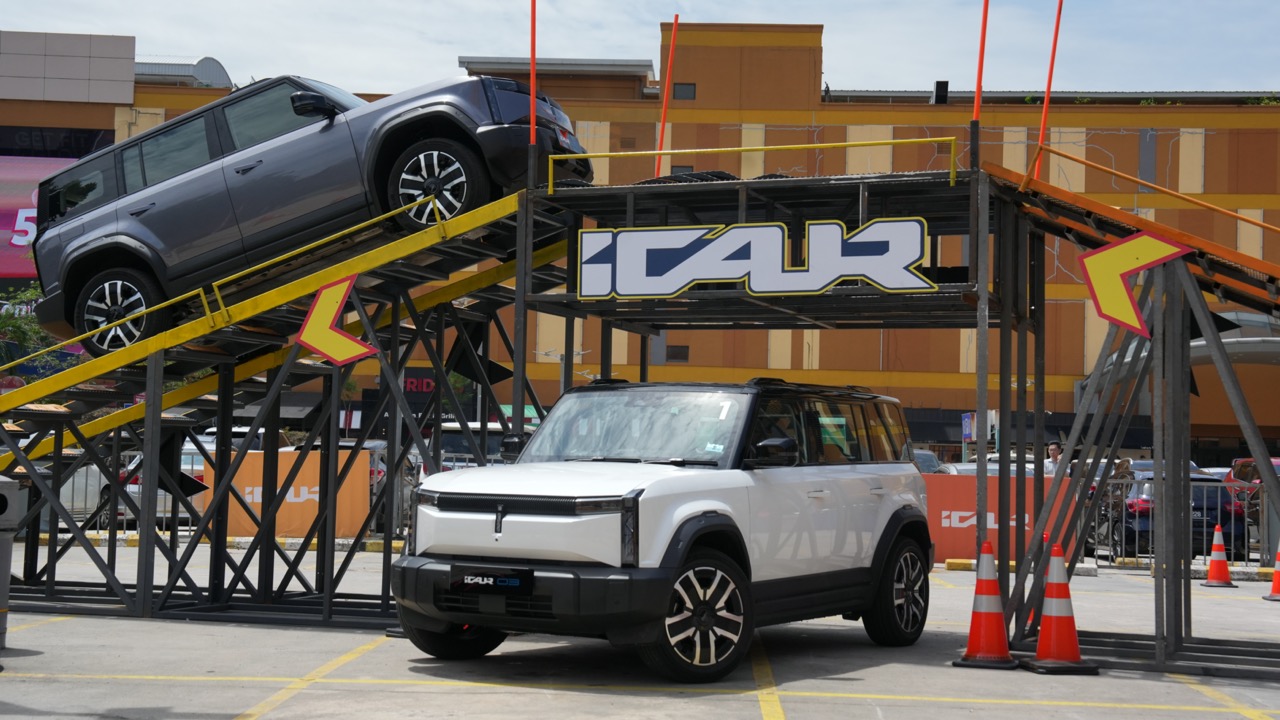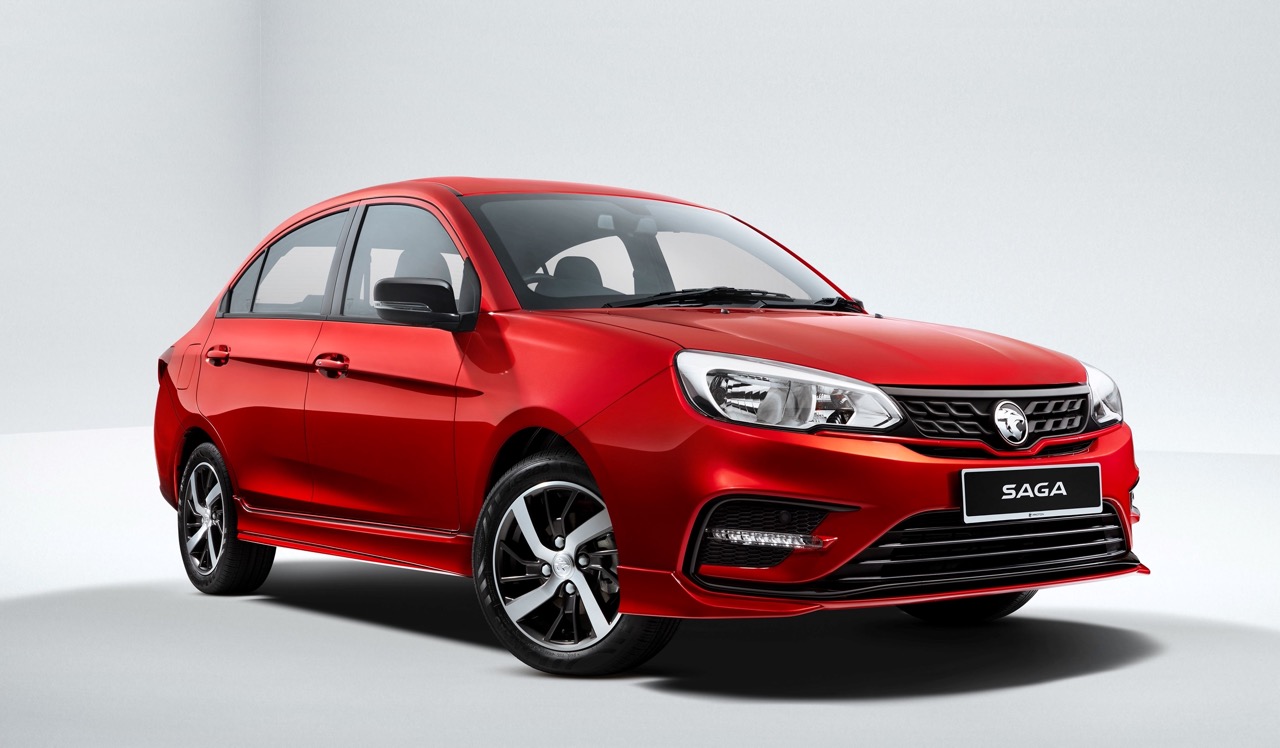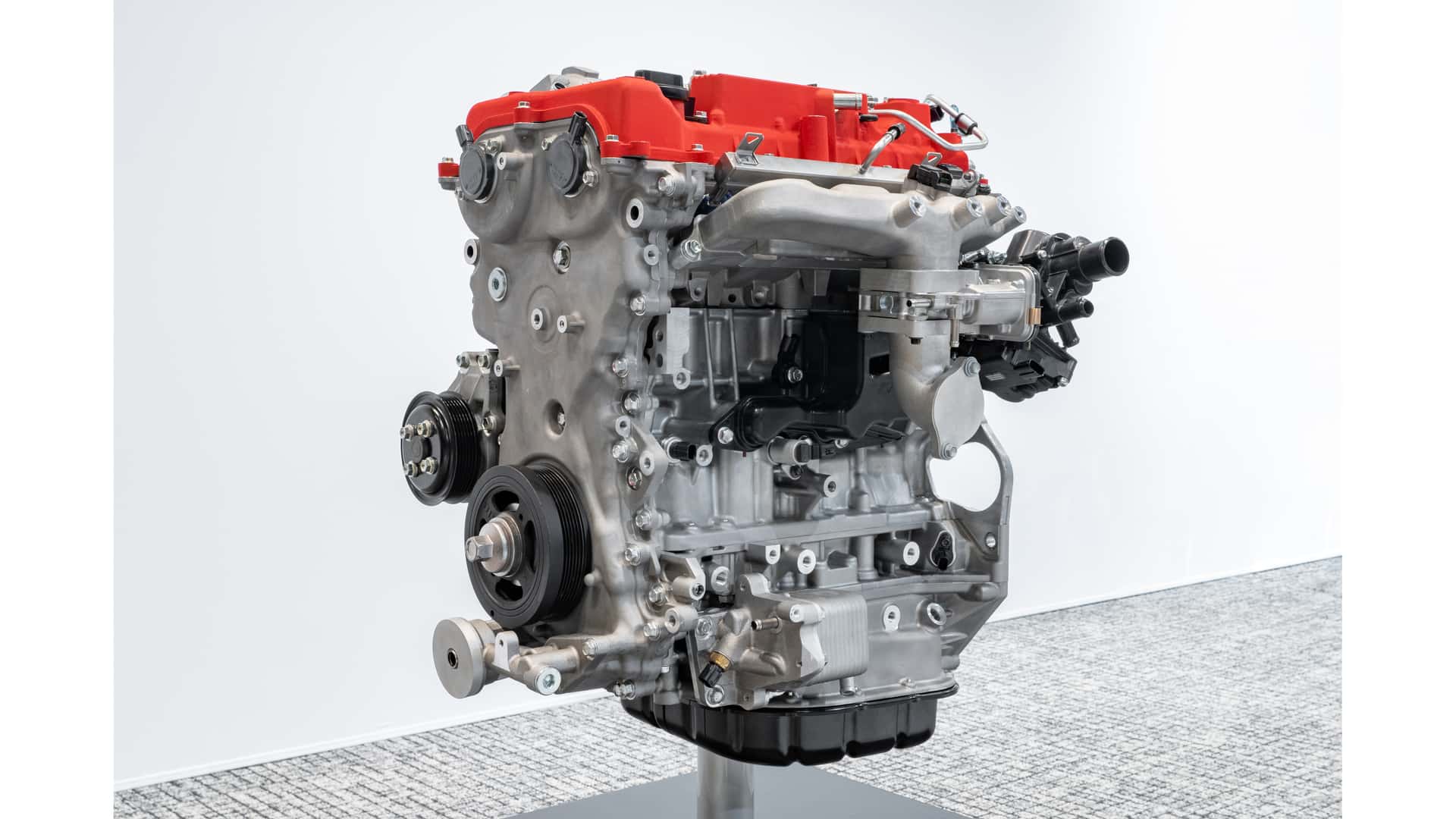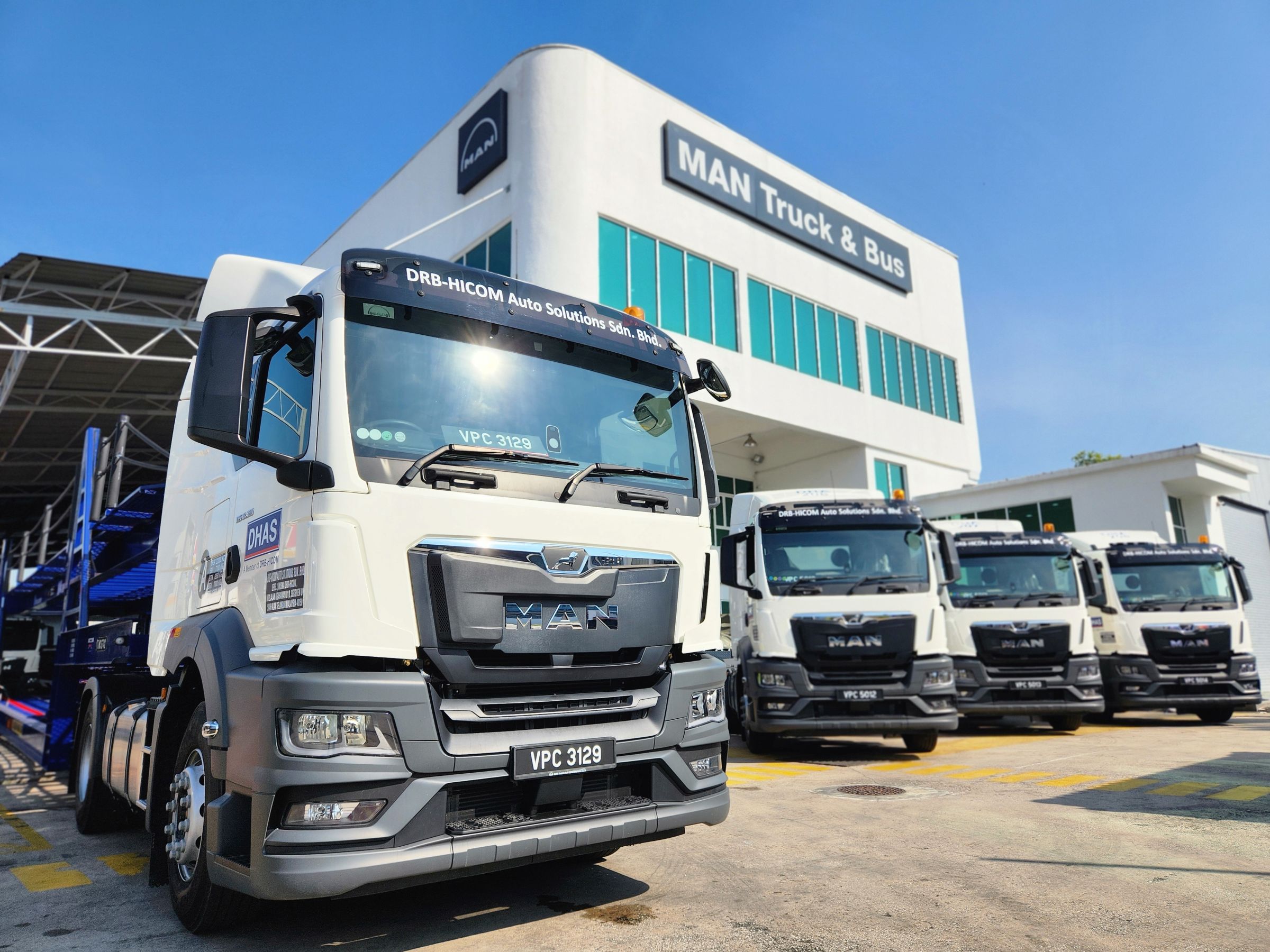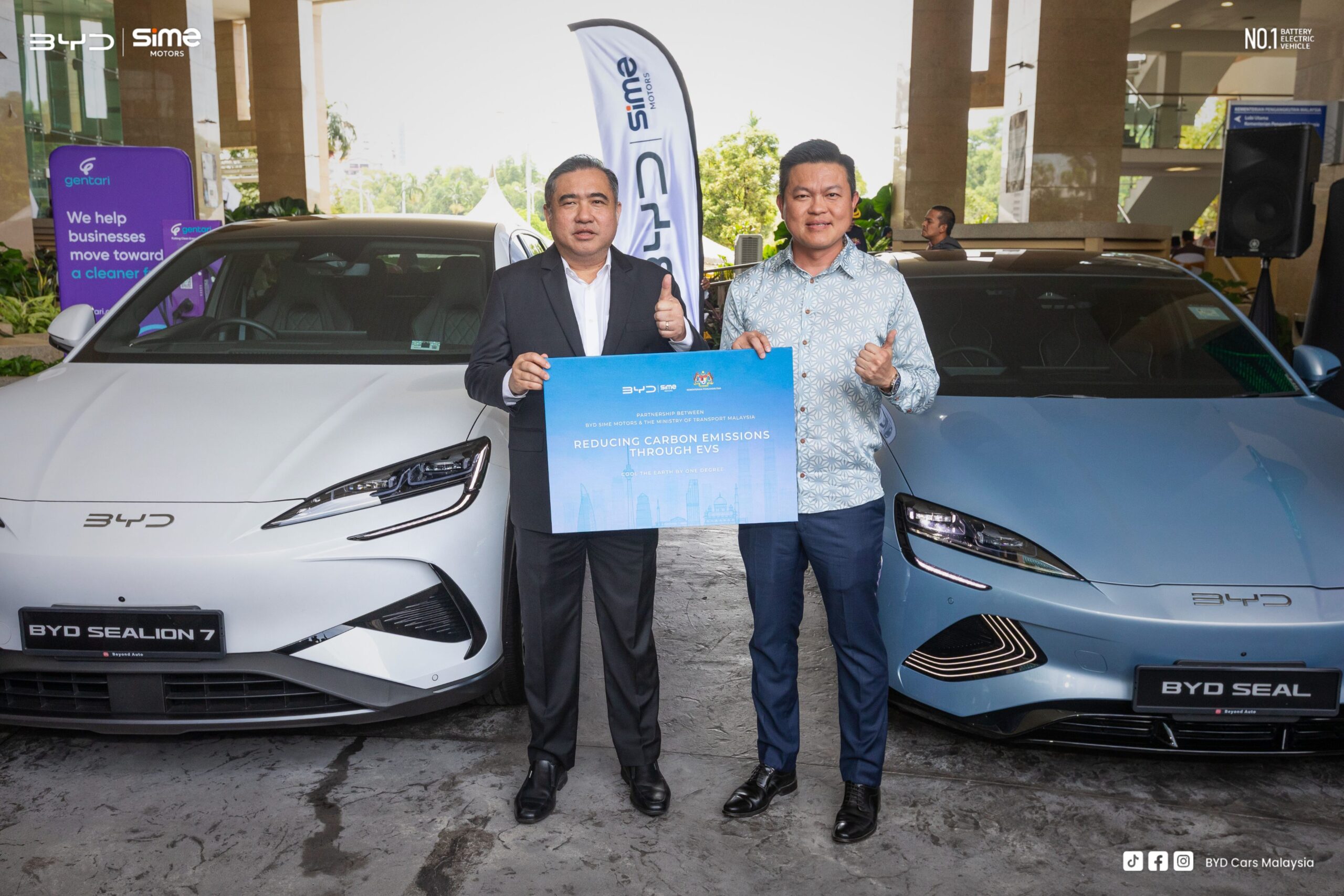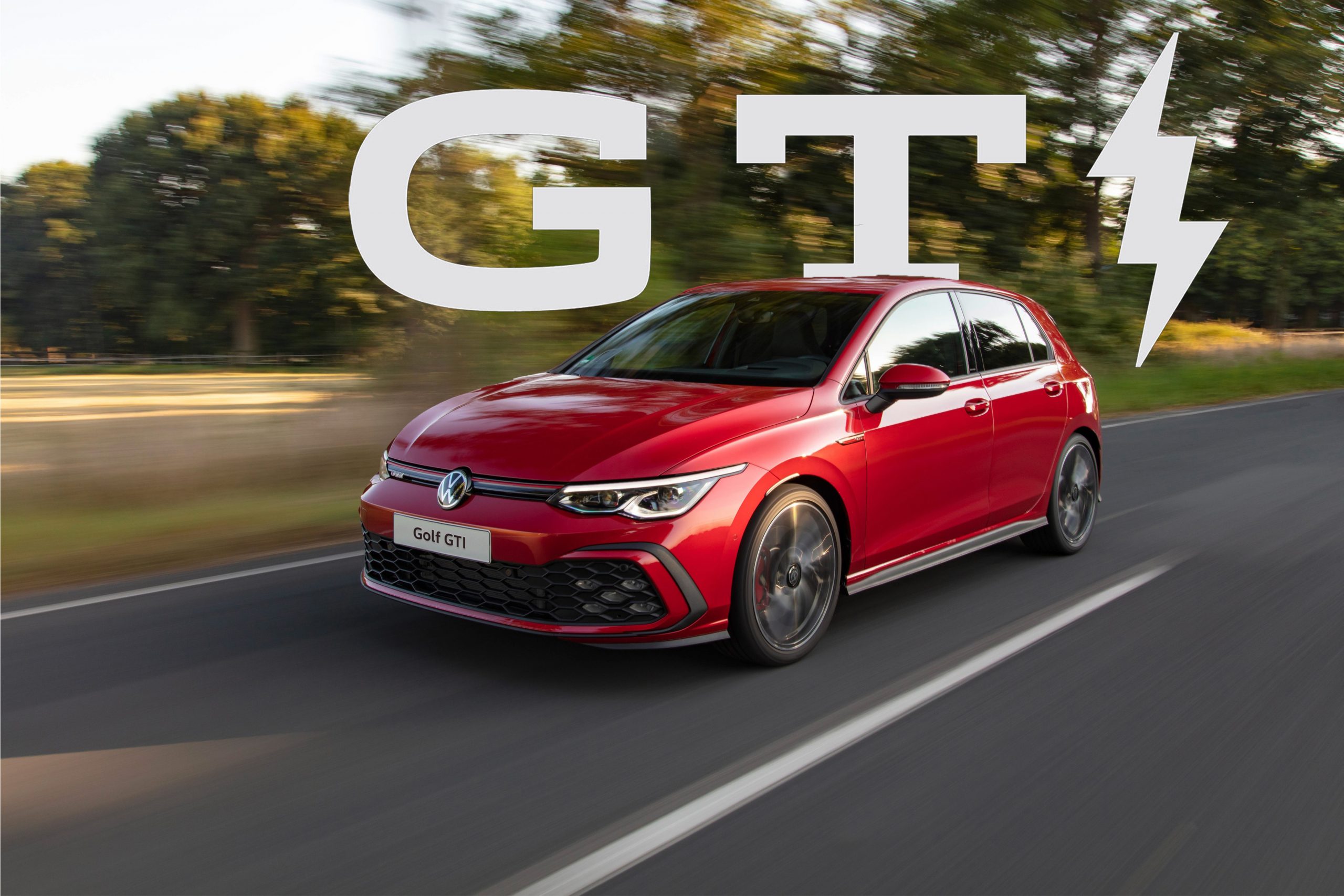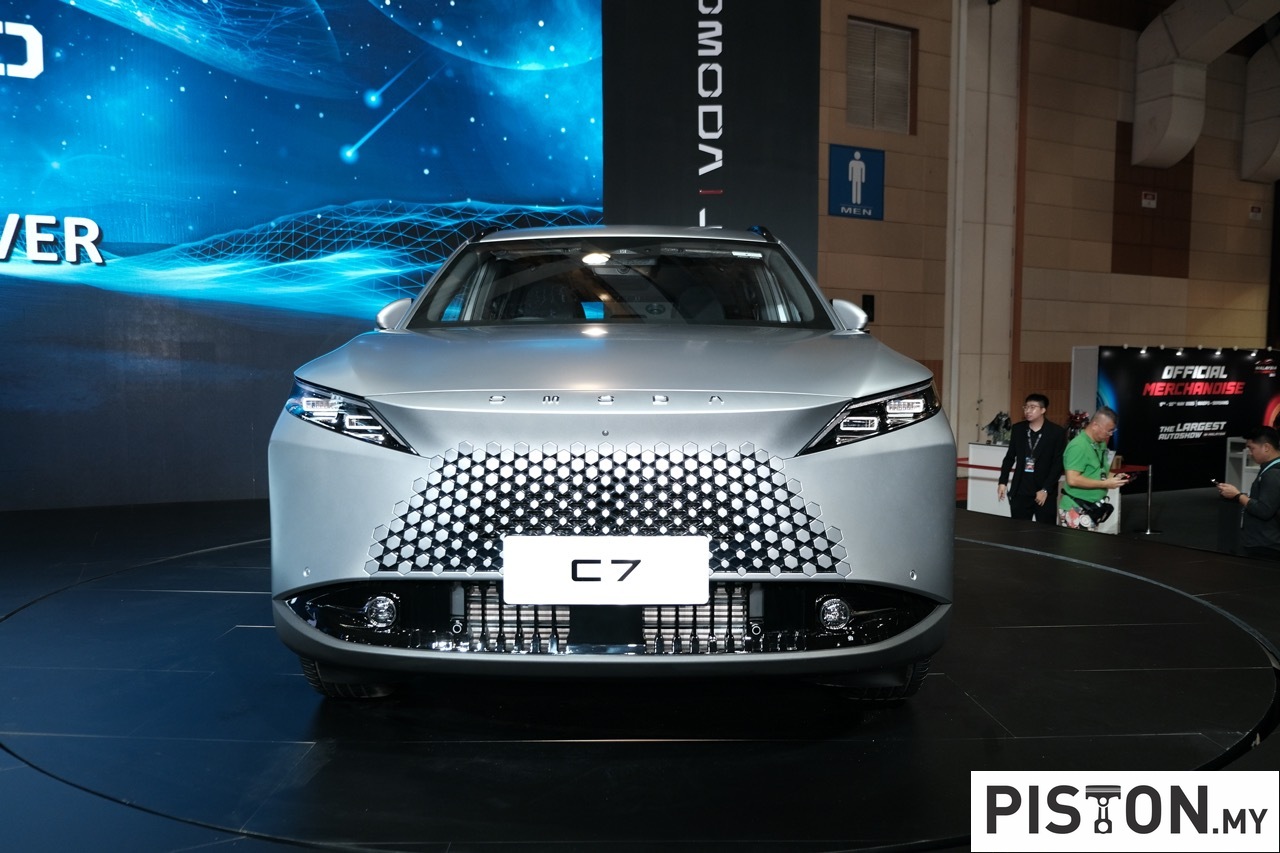The 2023 Formula 1 World Championship continues in the Middle East after the opening round in Bahrain with Round 2 at the seaside resort and port city on the Red Sea where the Saudi Arabian Grand Prix is being held this weekend. Situated 30 kms from Jeddah, the is the third time that the city is hosting a round on its Corniche street circuit.
Like the Bahrain GP, the Saudi Arabian GP will also be run at night on the 6.174-km circuit, the second longest in the 2023 calendar (after Spa-Francorchamps). Designed by Carsten Tilke, the son of the famous F1 circuit designer, Hermann Tilke, this is the fastest street circuit in the F1 calendar at the moment. Speeds on simulators have averaged over 250 km/h around the track which has 27 turns, the most of any circuit this year.
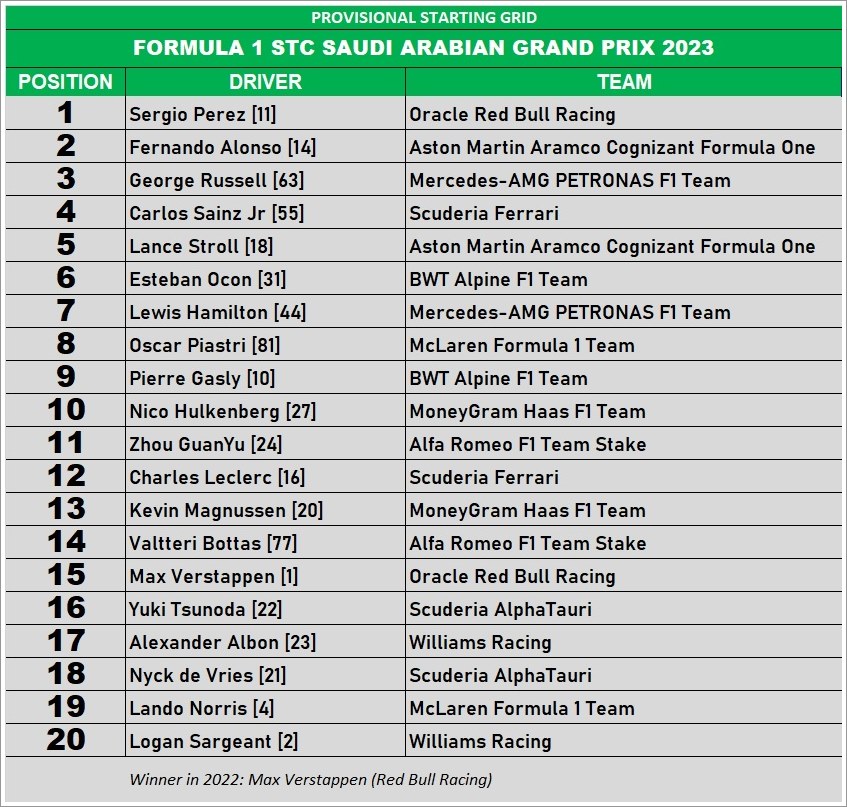
Race starts at 8 pm in Jeddah | 1 am (Monday) in Malaysia
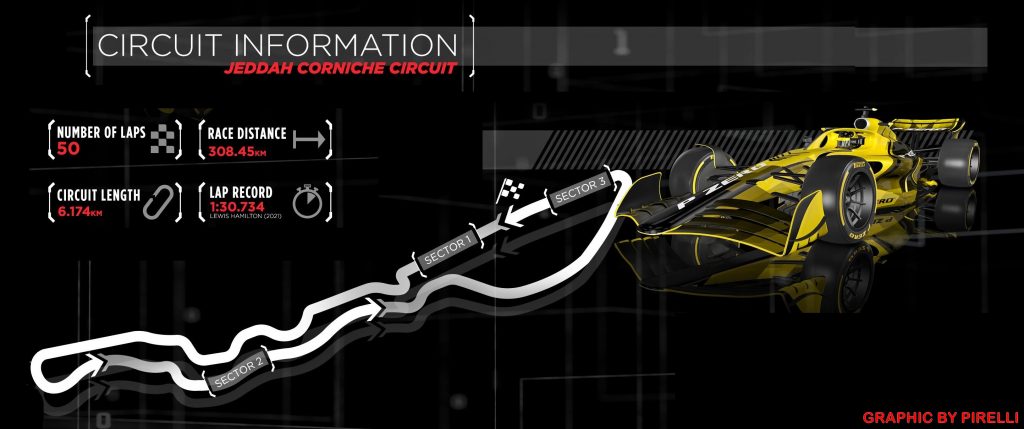
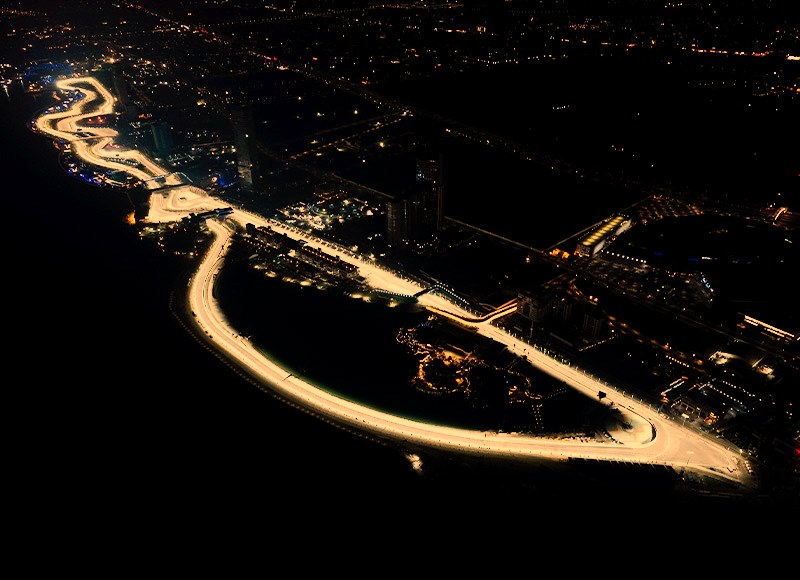
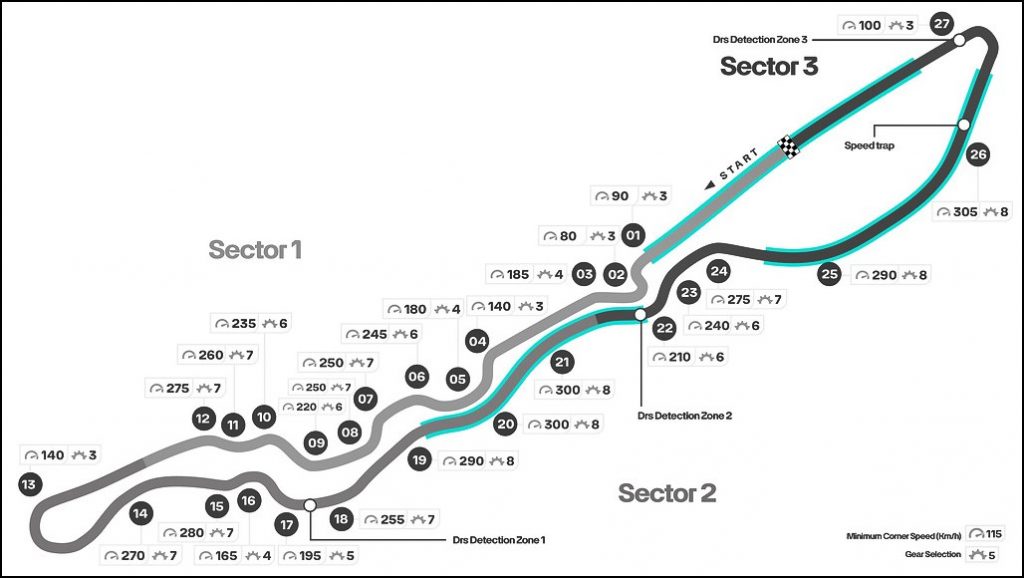
Several track changes have been made following last year’s race ‘to deliver smoother, safer, and even more exciting racing’, say the organisers. These include ‘rumble lines’ which causes traction to be lost and slow the cars, with steel kerbs replacing the bevelled kerbs at 6 of the turns.
Driver sightlines, a concern in the last two races, have been improved with the fence wall moved back at Turns 14 and 20 by 7.5 metres and 5 metres, respectively. The fence wall at Turns 8 and 10 have also been adjusted to improve visibility of the corner ahead.
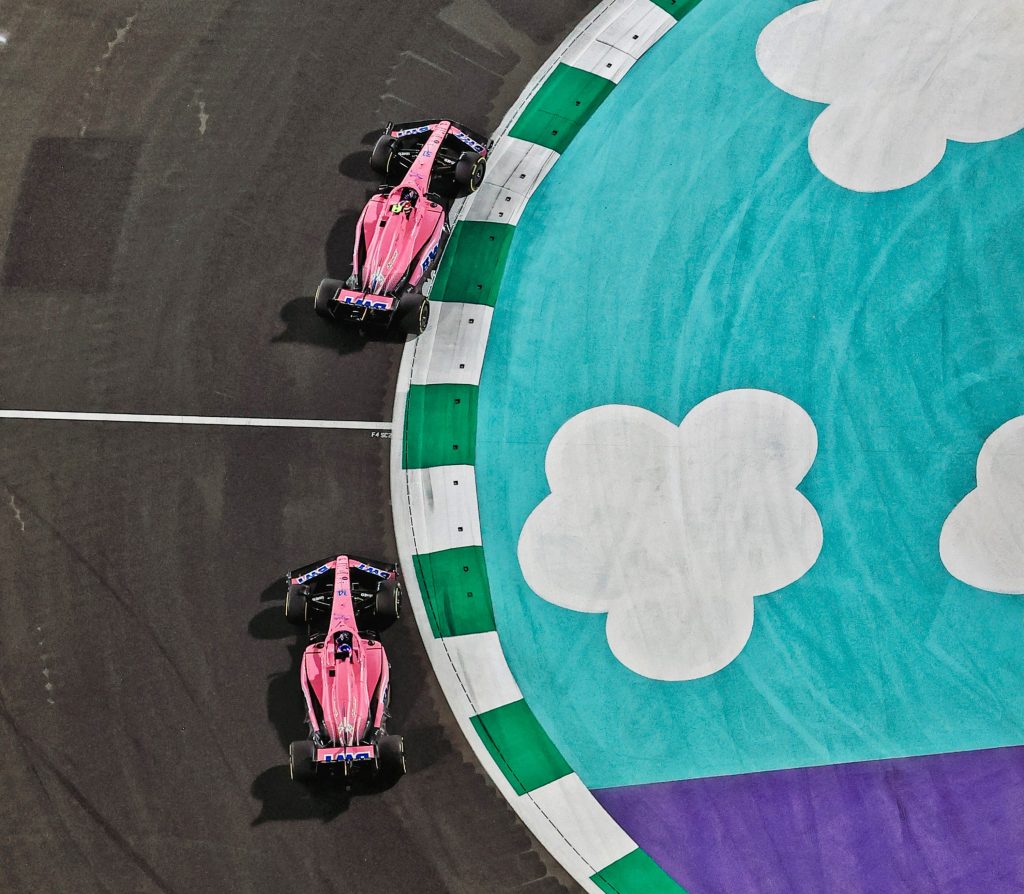
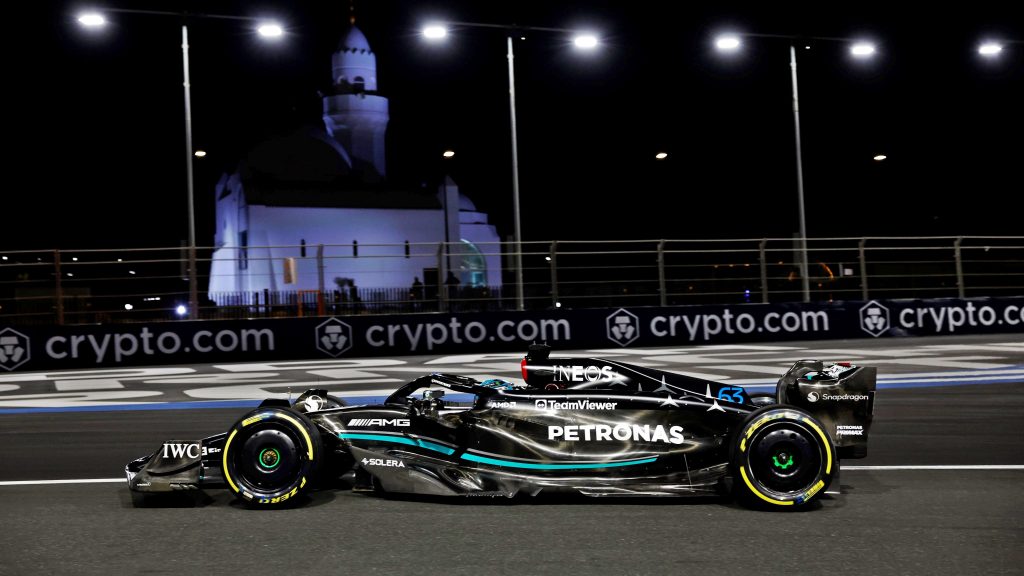
The car set-up will therefore be very different from Bahrain. For Jeddah, it’s important to have good stability throughout the fast corners that characterise the track. The circuit offers a medium level of grip but the sand blown onto the surface can influence this on the low-abrasion asphalt.
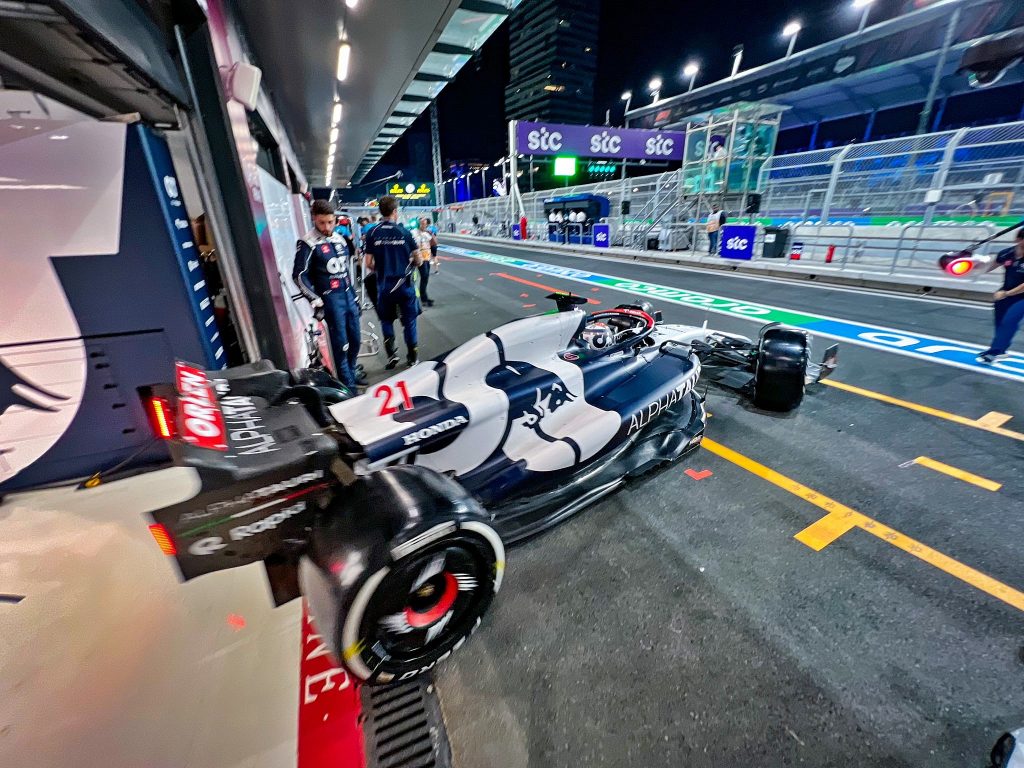
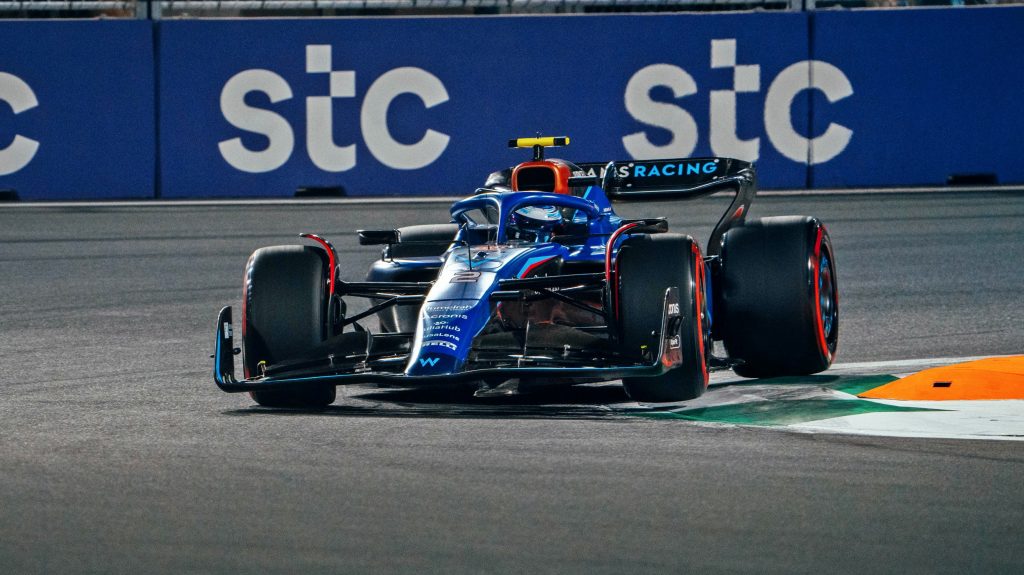
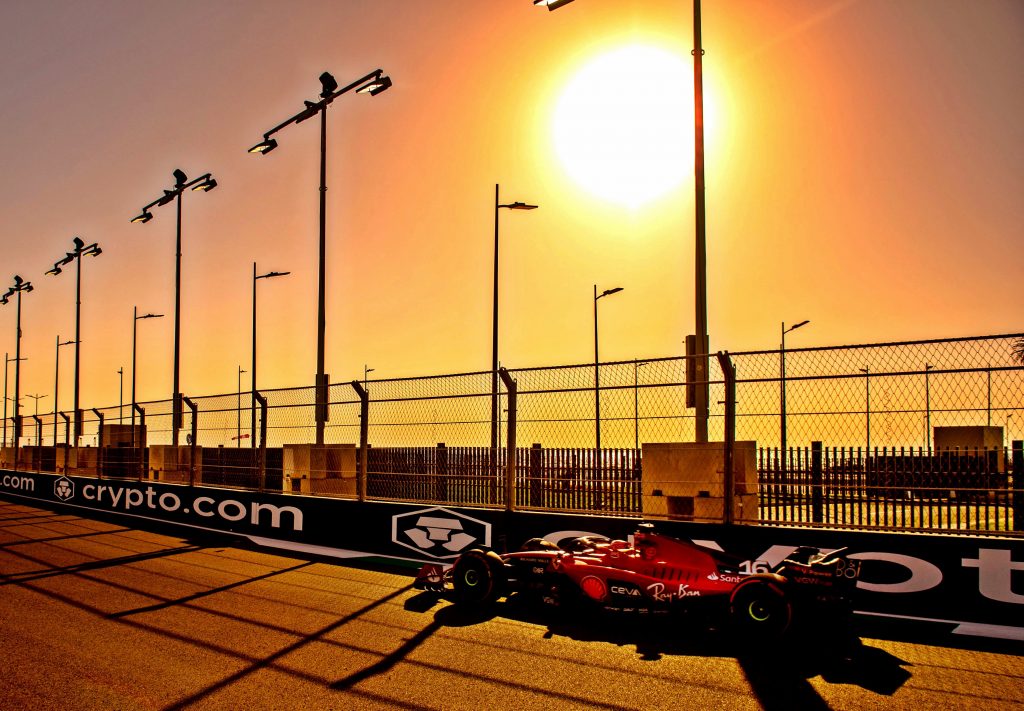
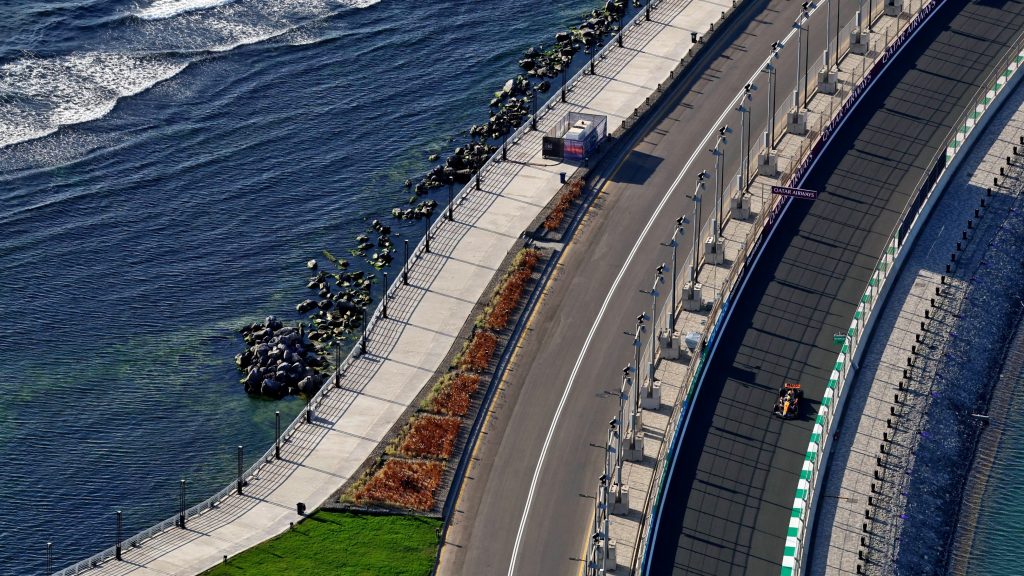
With no 90 degree turns on the Corniche Circuit, the drivers have to use the brakes only 8 times on each of the 50 laps. The brakes will be used for just under 11 seconds per lap amounting to 13% of the race; only Monza has lower absolute values and percentages.
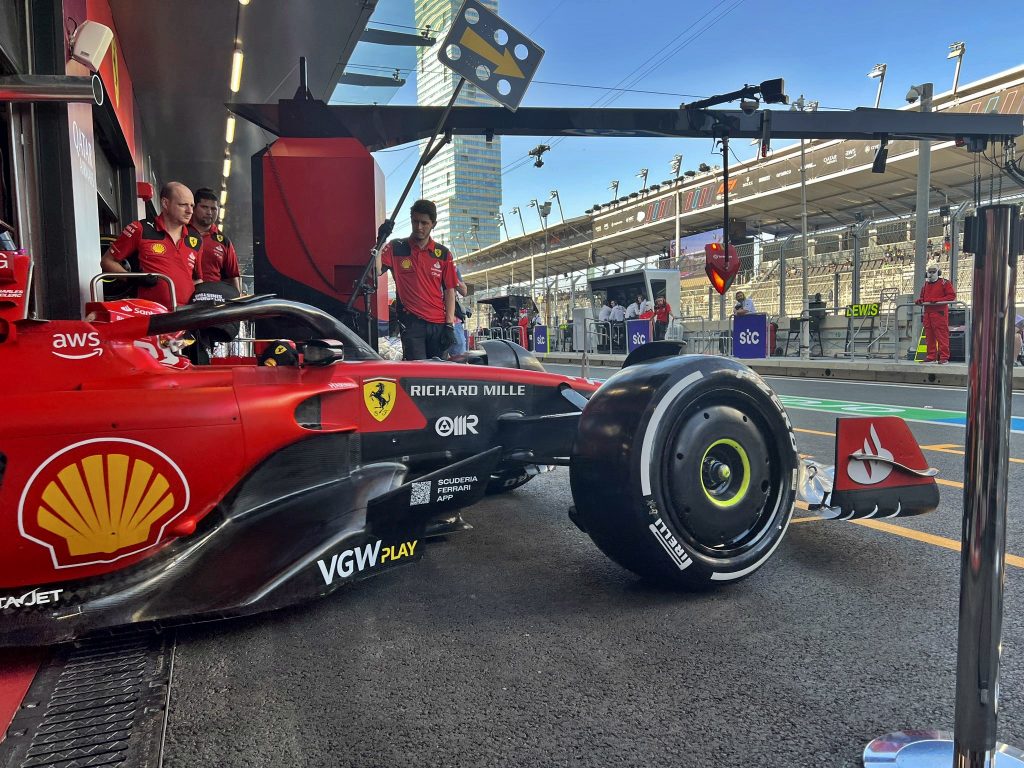
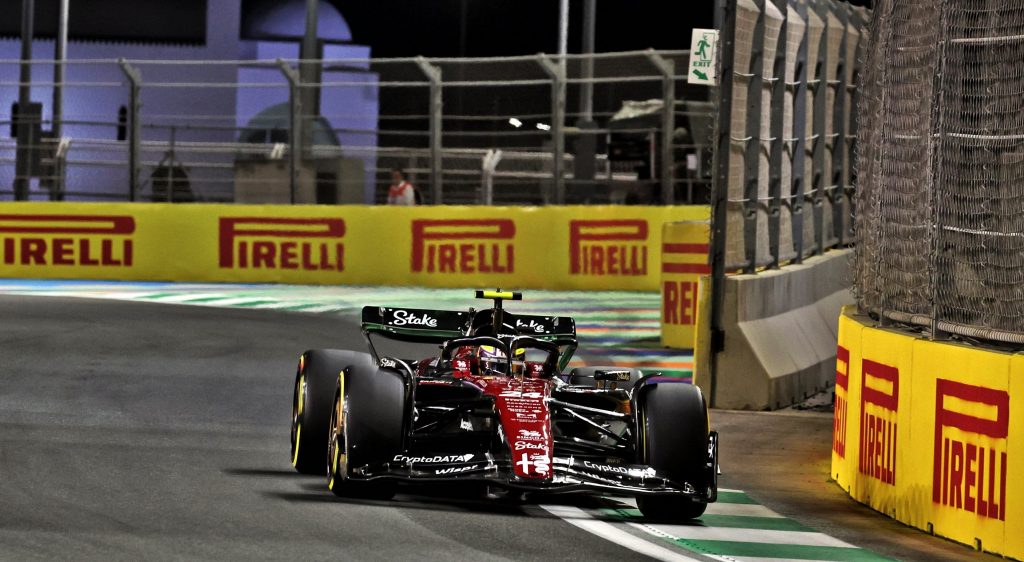
The brake system will be used the hardest at Turn 27, the last one on the circuit. As they come into the turn, they will be travelling at speeds of up to 319 km/h and braking will occur for 2.5 seconds. This will bring the speed down to 113 km/h over a distance of 123 metres, during which time a driver will experience up to 4.9g as the car decelerates.

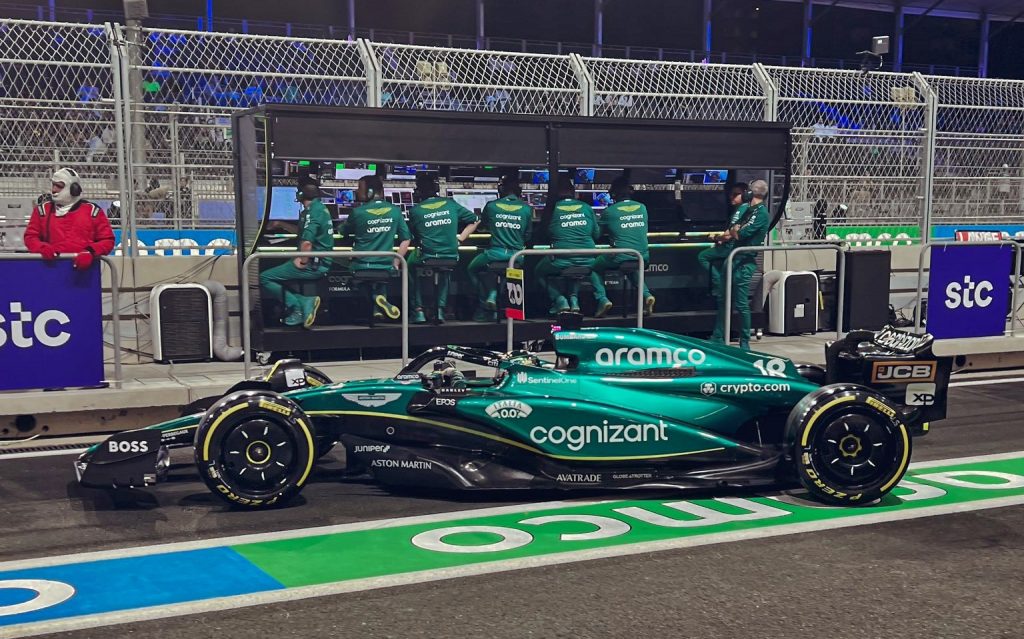
Owing to its nature as a street circuit, Jeddah has a high risk of incidents leading to Safety Cars coming out. During the two previous Saudi Arabian GPs, there were two full Safety Car periods, two red flags, and five Virtual Safety Car periods.
“The Saudi Arabian Grand Prix has been quite unpredictable because of the frequent Safety Cars and neutralisations, being a typical street circuit. A one-stopper was the fastest option in 2022, when a Safety Car led to an early pit-stop for most of the drivers, who went on to finish the race on hard tyres,” Mario Isola, Pirelli’s Motorsport Director, recalled.
